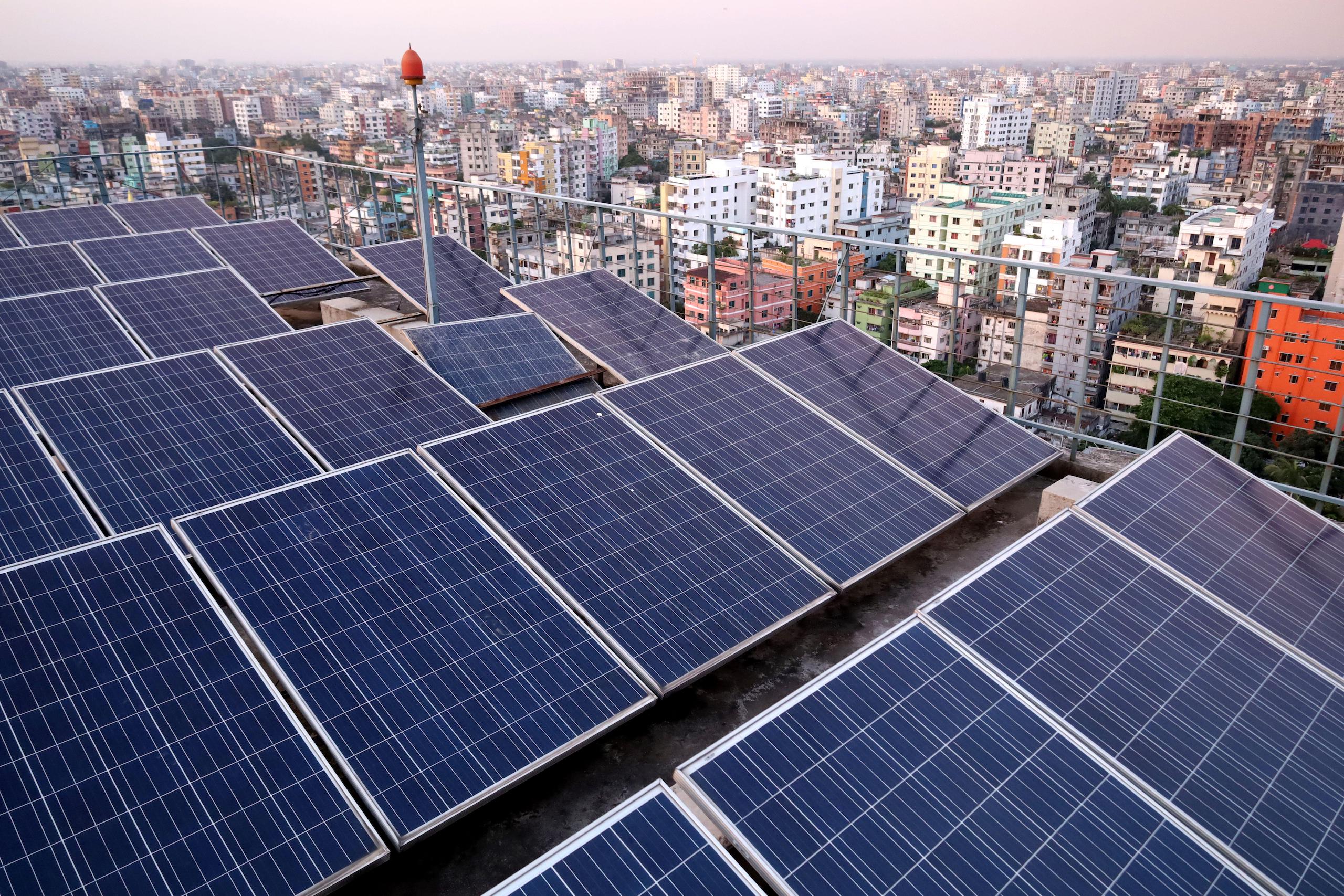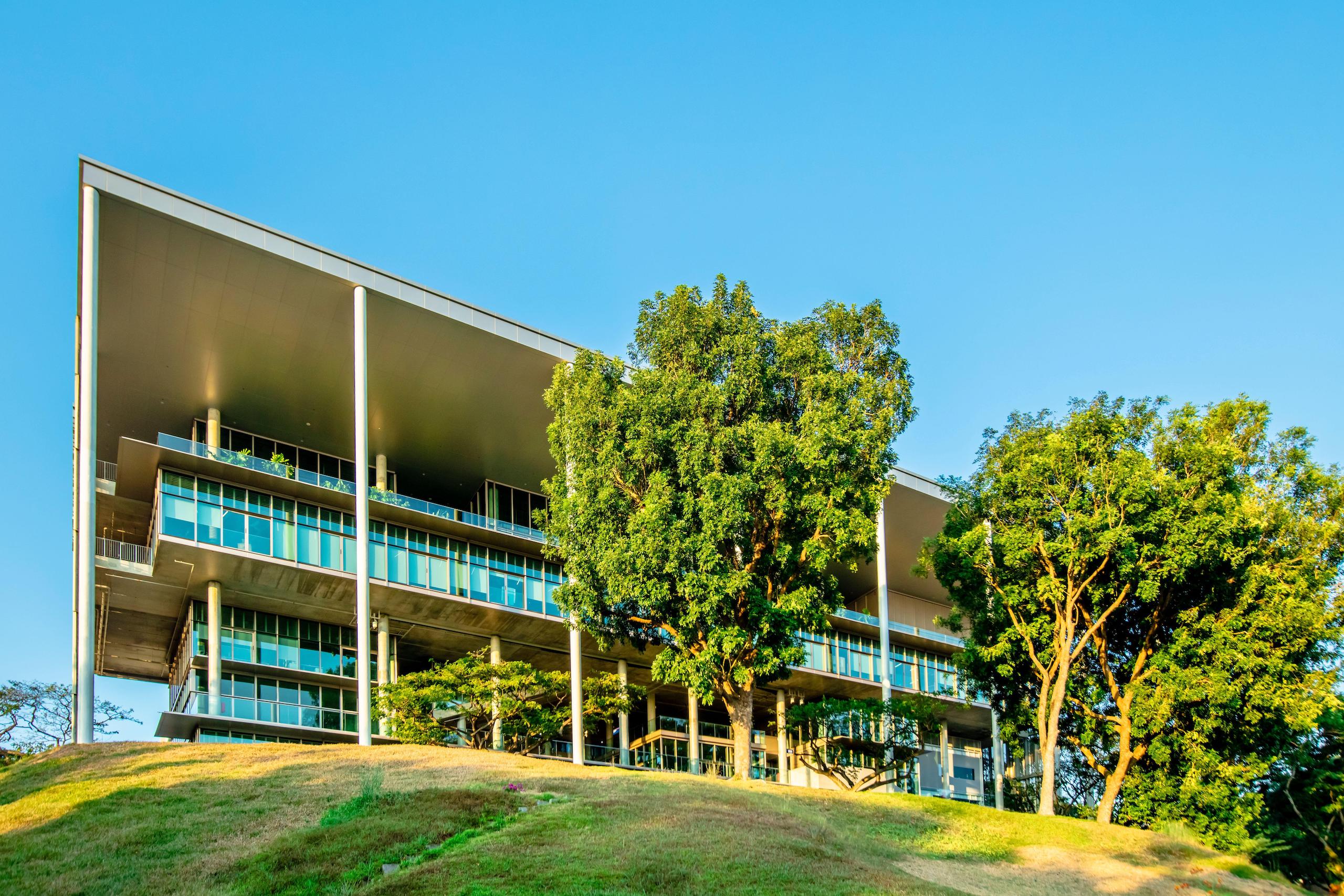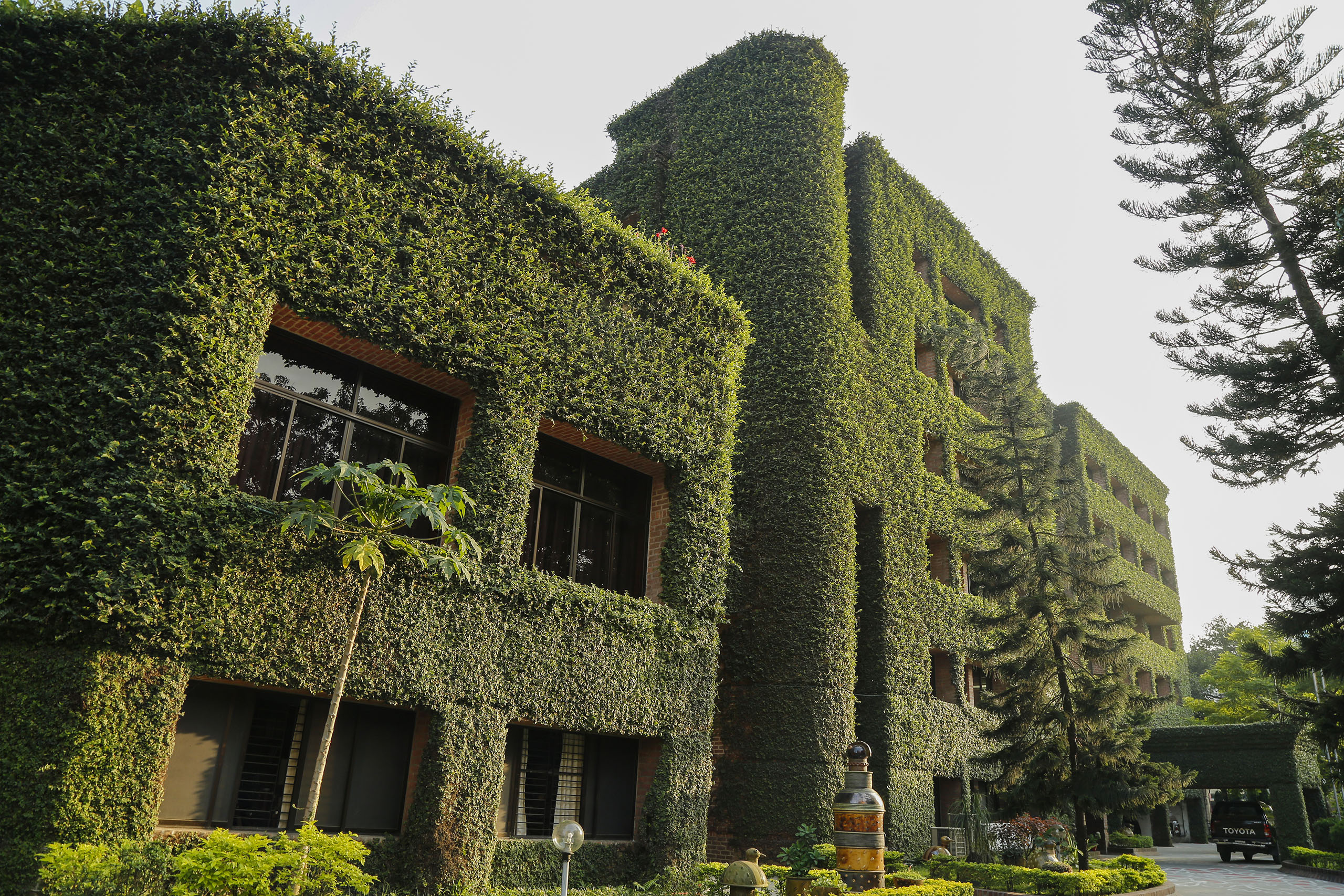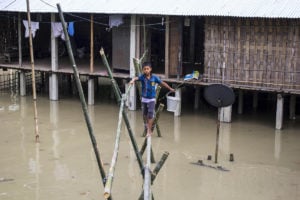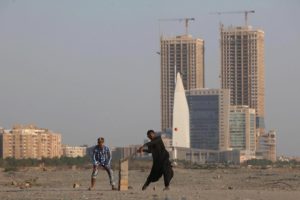Globally, the building and construction sector accounts for nearly 40% of energy-and process-related carbon dioxide emissions. To address the climate crisis, it is essential to green this sector.
One of the most important efforts towards this has been the work of the green building movement over the last 20 years. This has created mandatory and voluntary incentives to design buildings that require fewer greenhouse gas emissions to construct and run, and are more resilient to climate-induced disasters.
• What are green buildings?
• What’s the status of the green building movement in Asia?
• Can green ratings lead to more sustainable neighbourhoods?
• Can green buildings improve disaster resilience?
• How do green buildings fit into climate adaptation plans?
What are green buildings?
The green building movement started in the 1990s with the creation of several voluntary sustainability-rating frameworks, such as the Leadership in Energy and Environmental Design (LEED) in the US and the Building Research Establishment Environmental Assessment Method (BREEAM) in the UK. These voluntary rating systems define green buildings as those that minimise their environmental impact and emissions, and create healthier environments in which people work and live.
The ratings systems award certifications based on a combination of initiatives pursued by architects and developers, rather than a single aspect of a building. Some of these include:
• Passive solar architecture design to reflect, store or distribute heat
• High-efficiency lighting, heating and air-conditioning
• Solar panels
• Water-saving fixtures like certain models of taps and showers
• Recycling water for irrigation and flushing
• Use of low-VOC paints (volatile organic compounds are used to slow drying times, but also release potentially harmful chemicals)
• Use of low-carbon materials
• Advanced ventilation to ensure there is clean, fresh air inside the building
• Smart controls like daylight sensors, which automatically dim indoor lights during daytime, saving energy and money
A study of 22 LEED gold-rated buildings in the US found that on average they emitted 34% less carbon dioxide than typical buildings, used 11% less water than the baseline, and that occupants were substantially more satisfied than the baseline.
The LEED and BREEAM ratings systems aim to set a high bar for recognition, enabling industry leaders in construction to steer the rest of the market.
Green building rating systems are now being developed and implemented globally, including in Asia, where the urban population is projected to increase by 1.2 billion people by 2050.
What’s the status of the green building movement in Asia?
In most South and Southeast Asian countries, regulations mandating minimum energy performance and basic environmental assessment exist alongside voluntary green building rating systems. Mandatory mechanisms include regulations such as the Energy Conservation Building Code, 2017, in India and the Energy Efficiency Building Code, 2020, in Sri Lanka. These set standards for energy efficiency and use of renewable energy.
The goal of both mechanisms is to expedite the shift towards green, high-efficiency buildings. They sometimes work together to benefit from the other’s strengths and resources in order to multiply the impact on the construction industry.
Certification systems now include the Green Rating for Integrated Habitat Assessment (GRIHA) in India, Green Mark in Singapore, and Greenship in Indonesia.
The sector has come a long way since the initial versions of these standards. Recent versions of mandatory and voluntary building standards are pushing the sector to hasten the shift towards net-zero buildings. Indira Paryavaran Bhawan, the office building for the Ministry of Environment and Forest in New Delhi, India; Bayalpata Hospital in Nepal; NZEB@SDE campus building in Singapore; and the UniKL British Malaysian Institute in Kuala Lumpur, Malaysia, are examples of net-zero buildings in South and Southeast Asia.
Can green ratings lead to more sustainable neighbourhoods?
The success of green ratings for buildings has encouraged the development of multiple other rating systems, including for neighbourhoods like LEED for Cities & Communities, BREEAM for Communities, and GRIHA for Large Developments. The aim is to scale the transformation achieved so that neighbourhoods become greener and with better living conditions for people from all walks of life.
During the Covid-19 pandemic, guidelines to minimise disease transmission within our buildings and cities were quickly prepared and implemented, including in the US and by the World Health Organization. While our focus on Covid-19 has subsided, the focus on the health impacts of building and city design has increased. Multiple studies are being done to better understand the health impacts of current building designs and measures that can be adopted to improve them.
Can green buildings improve disaster resilience?
In addition to the disruption caused by Covid-19, there has been an increase in disruption caused by extreme weather like heatwaves, wildfires, cyclones and flooding. Given the projected pace of climate change, the frequency and intensity of such natural disasters is likely to increase.
We have had building design standards for certain disasters like earthquakes for decades. Now, climate adaptation and mitigation guidelines to improve resilience of our cities and buildings to other disasters are rapidly gaining attention. Resilient buildings and cities would reduce loss of human life, reduce financial impacts, improve business continuity, and help communities recover quickly in the event of a disaster. As resilience plans are developed, it is crucial to model what the intensity and frequency of disasters will be 20, 30 and 50 years from now, and plan accordingly.
How do green buildings fit into climate adaptation plans?
It is equally important to consider equitable development in those resilience plans. Often it is the most vulnerable segments of our populations who bear the worst impacts of disasters, whether natural or man-made. For example, it is the lower-income groups that we often find living near sources of air or water pollution, or who are most vulnerable to water scarcity.
South Asia is home to almost a quarter of the global population, the majority of whom are vulnerable to the impacts of climate change and need significant improvements in their living conditions. Countries in the region, like India and Bangladesh, are developing their national climate adaptation and mitigation plans, with goals covering low-carbon, equitable, healthy and resilient living conditions for all. It is imperative that the next generation of building and city standards align their requirements with these goals in a comprehensive and holistic way, making our cities and buildings more sustainable, resilient, healthy and equitable.


